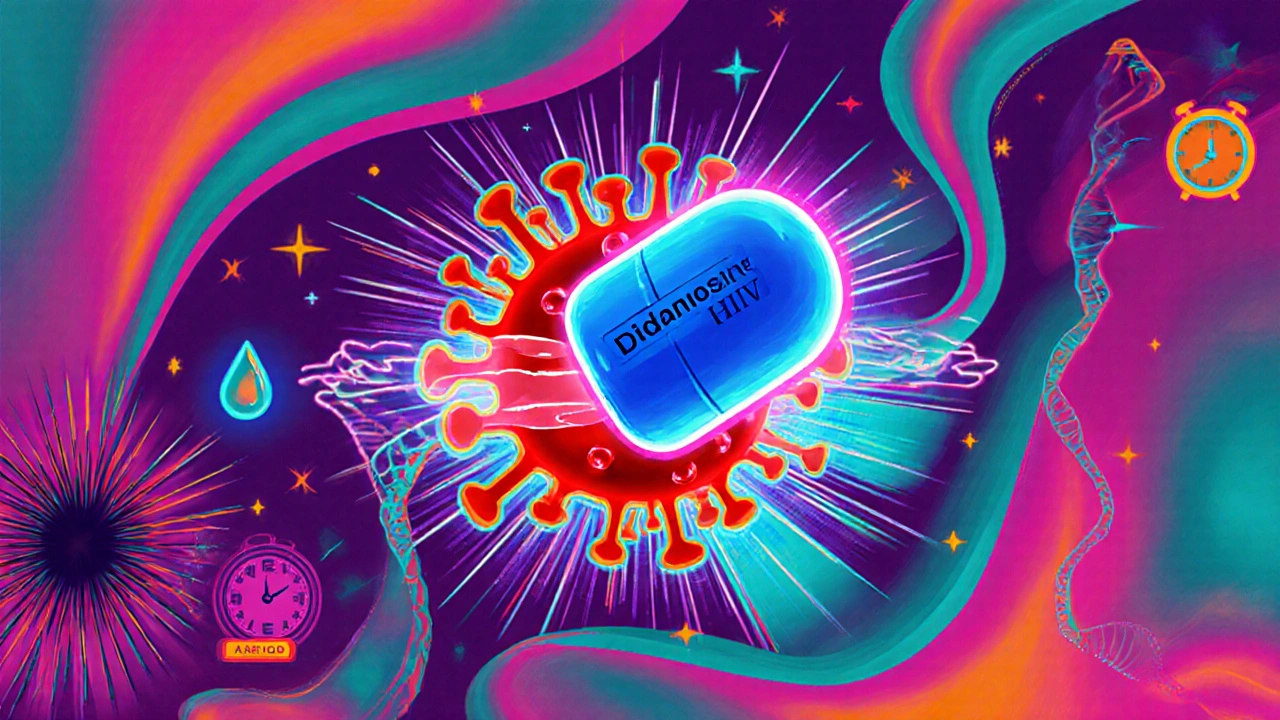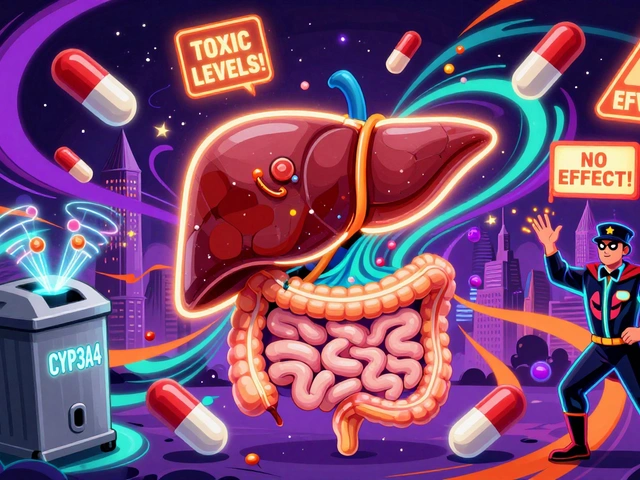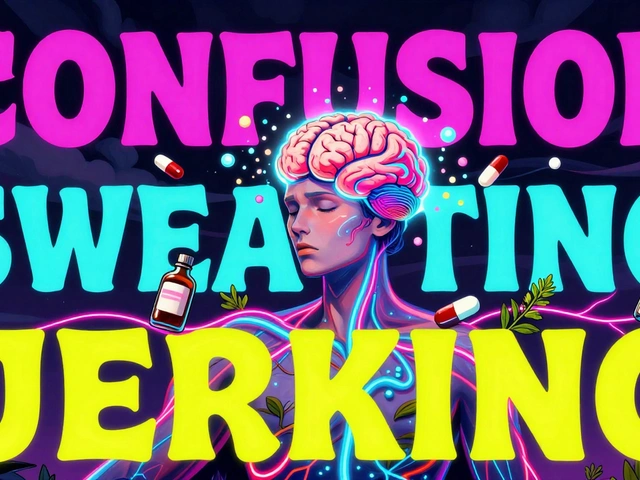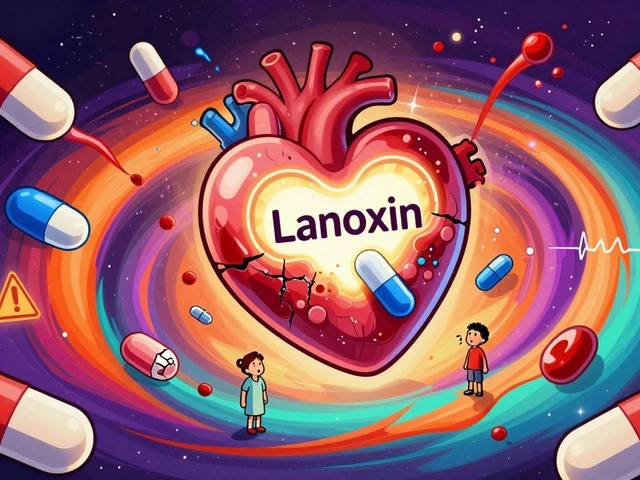HIV Personal Stories – Real Journeys, Insights & Support
When reading HIV personal stories, first‑hand accounts from people living with HIV that share diagnosis, treatment, and daily life. Also known as HIV narratives, they help others understand the reality beyond statistics. HIV, a virus that attacks the immune system and requires lifelong management is the core condition, while stigma, social prejudice that can silence open discussion often shapes whether someone chooses to tell their story.
These stories serve several purposes. First, they humanize the medical facts by showing how a diagnosis changes a person’s outlook, relationships, and goals. Second, they provide a roadmap for navigating antiretroviral therapy (ART). For example, many authors explain how they dealt with side‑effects, switched regimens, and learned to monitor viral load – practical tips you won’t find in a brochure. Third, they highlight the emotional journey: fear, acceptance, resilience, and sometimes grief. By linking the emotional side with concrete treatment steps, the narratives bridge the gap between clinical advice and lived experience.
Why Sharing Matters
Sharing an HIV personal story requires trust and a safe environment. It empowers both the storyteller and the audience, because hearing someone else speak openly reduces isolation. When stigma drops, people are more likely to get tested early, start ART promptly, and adhere to medication. In other words, diagnosis, the moment a person learns they are HIV‑positive becomes a turning point rather than an endpoint when supported by community voices. This dynamic creates a feedback loop: personal stories lower stigma, lower stigma encourages more stories, and the cycle continues, benefiting public health.
Our collection below reflects that loop. You’ll find accounts ranging from the first shock of a positive test to long‑term coping strategies, from coping with medication side‑effects to dealing with relationship challenges. Some authors focus on the science – explaining how modern ART can suppress the virus to undetectable levels – while others share day‑to‑day moments like remembering to take pills before breakfast. Together, they illustrate how medical advances intersect with personal resilience.
Beyond treatment, many narratives discuss advocacy and activism. A few writers describe joining support groups, volunteering for awareness campaigns, or speaking at schools to combat misinformation. These actions show how personal experience can fuel broader change, turning a private health journey into public education. Whether you’re newly diagnosed, supporting a loved one, or simply curious, the stories give you a realistic glimpse of what life with HIV can look like in today’s world.
Ready to dive in? Below you’ll discover a curated set of HIV personal stories that cover everything from early diagnosis anxiety to long‑term wellness tips. Each piece offers unique insight, practical advice, and a reminder that you’re not alone on this path.
Living with HIV: Real Stories of Using Didanosine in Treatment
Real-life stories of people living with HIV who use didanosine, covering side effects, monitoring, and practical tips for managing treatment.





